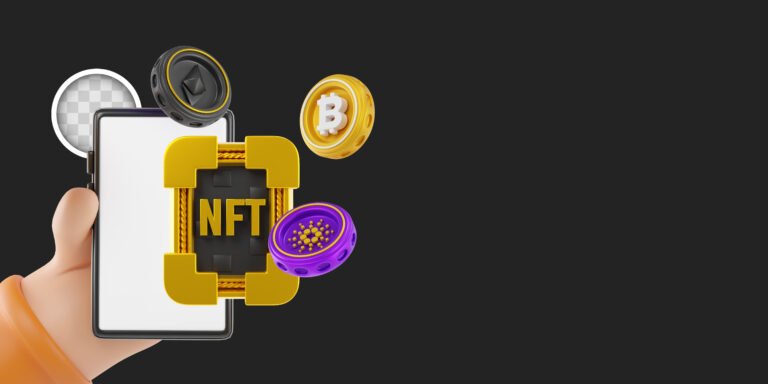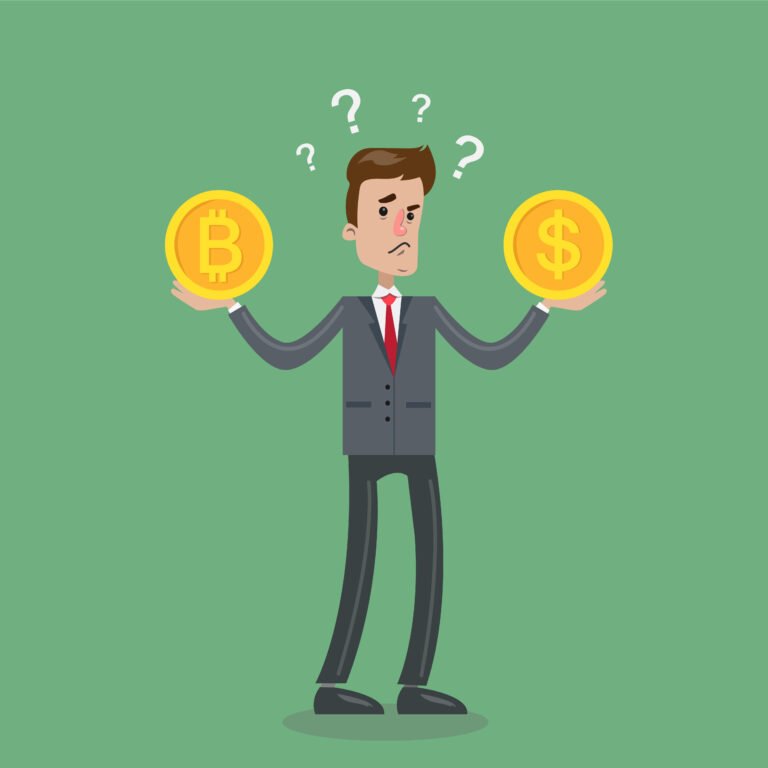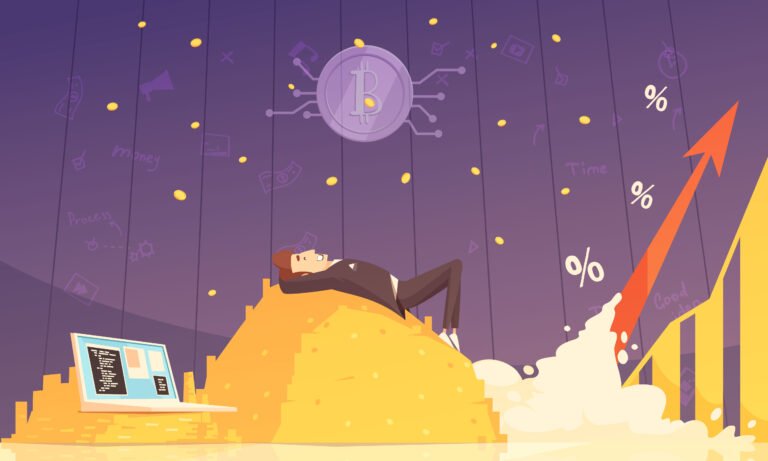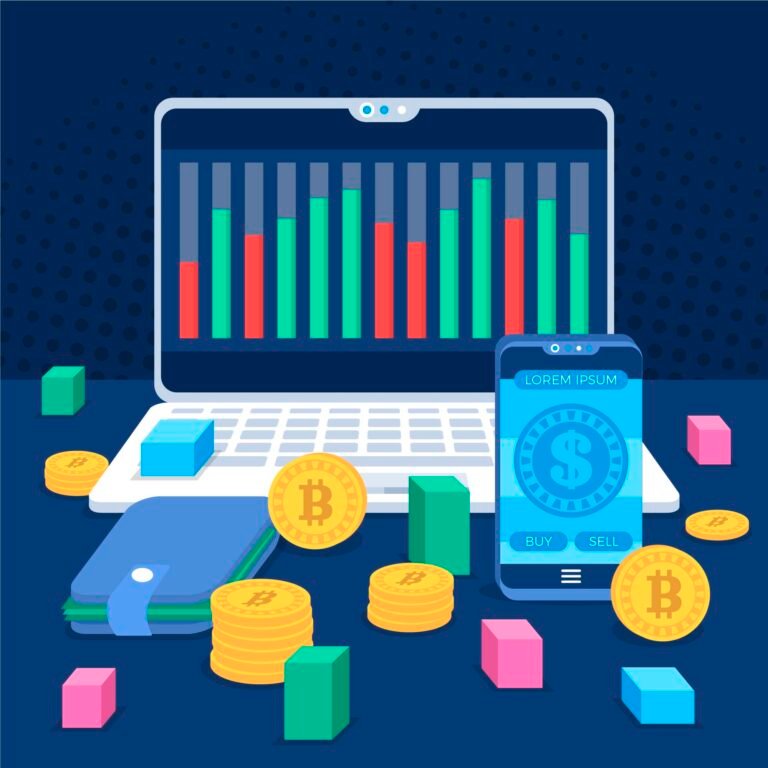Risks and Rewards of DeFi: A Beginner’s Guide
What is DeFi?
DeFi, short for Decentralized Finance, refers to a rapidly growing sector within the cryptocurrency and blockchain space that aims to recreate and improve upon traditional financial systems—without the need for centralized institutions like banks, brokers, or exchanges.

Table of Contents
Instead of relying on middlemen, DeFi applications use smart contracts—self-executing programs running on blockchains (mainly Ethereum)—to enable financial services such as lending, borrowing, trading, saving, and insurance. These protocols are open-source, borderless, and permissionless, meaning anyone with an internet connection and a crypto wallet can participate.
DeFi allows users to:
- Earn interest by providing liquidity or staking tokens
- Borrow against crypto collateral
- Trade assets directly from their wallet
- Access financial services without credit checks or intermediaries
In short, DeFi is about democratizing finance by putting the power back in the hands of individuals.
Why DeFi Matters in Today’s Crypto Landscape
DeFi is not just a buzzword—it’s one of the most transformative innovations in the digital asset ecosystem. Here’s why it’s so significant:
- Financial Inclusion: Billions around the world are unbanked or underbanked. DeFi provides access to financial tools with just a smartphone and internet connection.
- Transparency: Unlike traditional finance, all DeFi transactions and code are publicly verifiable on the blockchain.
- Innovation at Speed: Developers can rapidly build and deploy new financial products thanks to open-source architecture and composability.
- Ownership & Control: Users hold custody of their assets, reducing reliance on institutions that may freeze accounts or fail during crises.
As of 2025, the DeFi market holds tens of billions in Total Value Locked (TVL) and continues to evolve—pushing the boundaries of how we think about finance.
2. The Rewards of DeFi
DeFi isn’t just revolutionary—it offers real opportunities for users to earn, grow, and take control of their finances in ways that traditional systems can’t match. Let’s explore the key rewards that are attracting millions of users to the DeFi space:
2.1 High Yield Opportunities
One of the biggest draws of DeFi is the potential for high returns through mechanisms like:
- Yield Farming: Users provide liquidity to decentralized exchanges (DEXs) and earn interest or native tokens as rewards.
- Liquidity Mining: By staking assets in DeFi protocols, users are rewarded with additional tokens.
- Staking: Locking tokens in a protocol to support its operations (like transaction validation) and earn rewards in return.
These methods can offer APYs (Annual Percentage Yields) far higher than traditional bank savings or investment accounts—though they come with higher risks.
2.2 Financial Freedom and Inclusion
DeFi removes barriers like geography, credit history, or identification, allowing anyone to:
- Borrow or lend assets without approval from centralized institutions
- Participate in global financial markets
- Escape restrictive monetary systems in unstable economies
This permissionless access gives users in developing regions a new level of economic freedom.
2.3 Full Asset Control
Unlike centralized exchanges or banks, DeFi gives users full custody of their funds. This means:
- No freezing of assets by third parties
- No delays in withdrawals
- No trust required—just verify through code
“Not your keys, not your coins” is a core philosophy in DeFi, emphasizing user control and independence.
2.4 Innovation and Interoperability
DeFi is built to be modular and composable, allowing protocols to interact and build on each other like LEGO blocks. This means:
- Rapid development of new financial tools and dApps
- Integration across multiple blockchains and layer 2 networks
- Smart contract automation for complex strategies
As the ecosystem matures, DeFi continues to push boundaries—offering users cutting-edge tools not found in traditional finance.
3. The Risks of DeFi
While DeFi presents incredible opportunities, it also carries serious risks—especially for beginners. Understanding these risks is essential before locking in funds or chasing high yields.
3.1 Smart Contract Vulnerabilities
DeFi platforms run on smart contracts, which are only as secure as their code. If there’s a bug or exploit:
- Funds can be stolen or permanently locked
- Protocols may crash or behave unpredictably
- Even “audited” contracts have been hacked
High-profile DeFi hacks (like the $600M Poly Network exploit) serve as a constant reminder that code risk is real.
3.2 Rug Pulls and Scams
Not all DeFi projects are legitimate. In a rug pull, developers create hype around a token or protocol, then:
- Drain the liquidity pool
- Disappear with investor funds
- Leave the community holding worthless tokens
Red flags include anonymous teams, unaudited code, promises of guaranteed returns, and sudden token launches.
3.3 Market Volatility
The DeFi space is extremely price-sensitive and reactive. Risks include:
- Impermanent Loss: When you provide liquidity to a pool and token prices diverge, you can lose value compared to just holding.
- Flash Crashes: A sudden drop in token prices can liquidate positions or trigger massive slippage.
- Overleveraged Users: Borrowing against volatile assets can lead to quick liquidation during downturns.
3.4 Regulatory Uncertainty
Governments are still figuring out how to regulate DeFi. Risks include:
- Sudden bans or restrictions on protocols or stablecoins
- Legal crackdowns on developers or platforms
- Unclear tax obligations for DeFi income and gains
Without a regulatory safety net, users have little to no legal recourse if things go wrong.
3.5 Poor User Experience and Complexity
DeFi can be difficult for newcomers:
- Complex interfaces
- Confusing token mechanics
- Risk of sending funds to wrong addresses
- Gas fees (especially on Ethereum) can be high during peak times
Mistakes in DeFi are often irreversible, and there’s no “customer support” to save you.
4. How to Stay Safe in DeFi
Navigating the DeFi world can be rewarding—but only if you take the right precautions. Here’s how beginners (and even pros) can minimize risk and maximize safety:
4.1 Do Your Own Research (DYOR)
Never invest based on hype alone. Always:
- Read the whitepaper and understand the protocol’s purpose
- Check the team (are they doxxed or anonymous?)
- Look for audits from reputable firms
- Monitor social channels (Discord, X, Telegram) for community health
DYOR is your first and strongest line of defense in DeFi.
4.2 Use Reputable Protocols and Audited Platforms
Stick with established platforms that:
- Have large Total Value Locked (TVL)
- Are integrated into the broader DeFi ecosystem
- Have public audits and bug bounty programs
- Are trusted by known wallets and aggregators (like MetaMask, DeFiLlama, Zapper)
Examples: Aave, Uniswap, Curve, MakerDAO.
4.3 Start Small and Diversify
DeFi is not a place to “go all in.” To manage risk:
- Start with small amounts when testing new platforms
- Diversify across different protocols, chains, and token types
- Keep some funds in cold storage or outside of DeFi altogether
Never invest more than you’re willing to lose.
4.4 Protect Your Wallet and Keys
Your crypto wallet is your bank in DeFi. Secure it by:
- Never sharing your private key or seed phrase
- Using hardware wallets for large sums
- Enabling 2FA (where possible)
- Avoiding phishing links or fake sites—always double-check URLs
One mistake can result in total loss of funds.
4.5 Stay Updated
The DeFi space evolves daily. Stay informed by:
- Following trusted crypto news sites (like CoinDesk, Decrypt, or The Block)
- Watching protocol updates and governance proposals
- Keeping up with gas fees and new chain integrations
- Using dashboards like DeFiLlama, Dune Analytics, or Token Terminal
5. Final Thoughts: Is DeFi Right for You?
Decentralized Finance represents one of the most exciting—and risky—frontiers in the world of crypto. It’s changing the rules of finance, offering everyday users opportunities once reserved for banks and institutions.
But with freedom comes responsibility.
✅ Key Takeaways:
- Rewards: High yields, full control of assets, financial inclusion, and rapid innovation
- Risks: Smart contract bugs, scams, volatility, regulatory uncertainty, and steep learning curves
- Protection: Research thoroughly, use secure wallets, stick with trusted protocols, and never invest more than you can afford to lose
DeFi can be incredibly empowering—but it’s not for the careless or uninformed. If you’re ready to dive in, start small, stay smart, and keep learning. The future of finance is being written on-chain—are you ready to be part of it?
Read Also: DeFi NFTs: How They Work Together in the Web3 Economy







